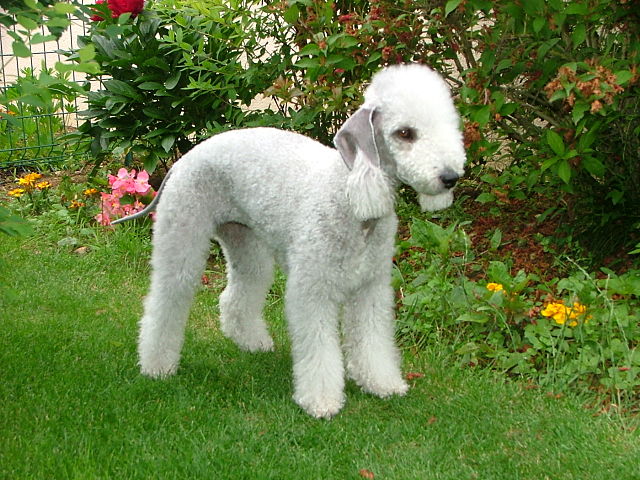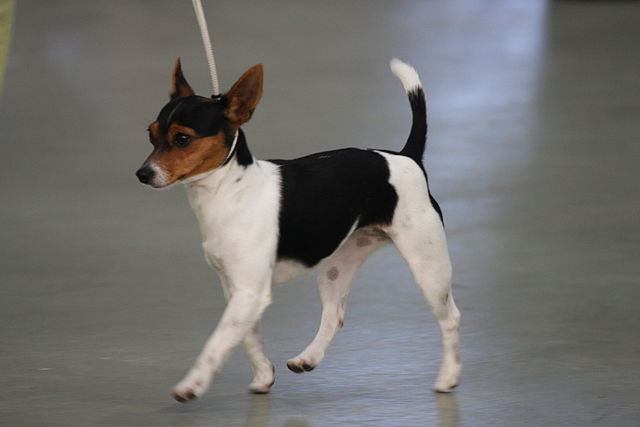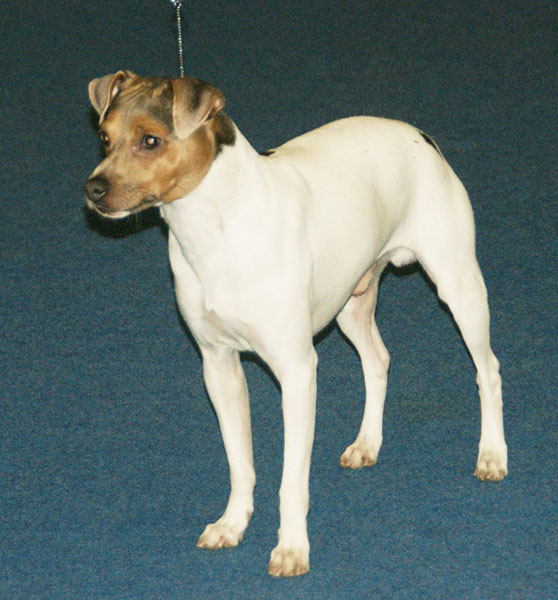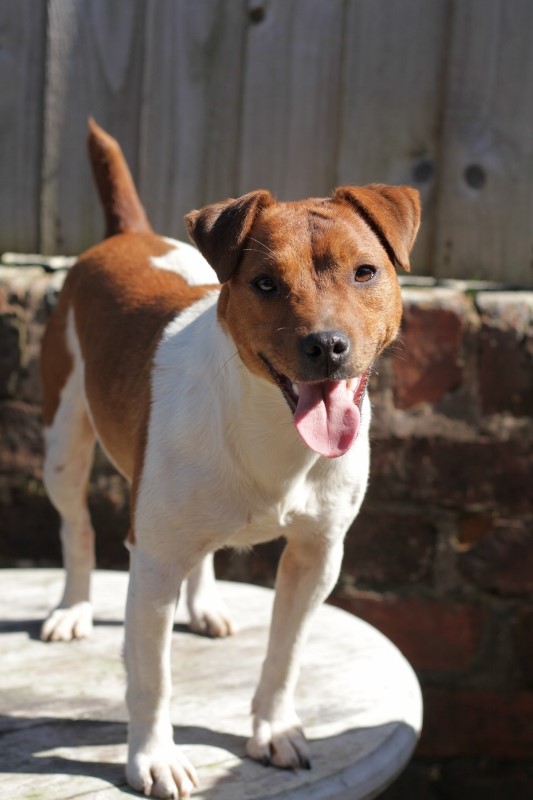The Bedlington Terrier is said to have “the head of a lamb and the heart of a lion”. These whimsical-looking terriers love a good game of fetch in the morning, a quiet evening of tv and lots of social time with their owners in between. Bedlingtons are playful and athletic and make great jogging companions. Mostly, they just love sharing time with the people they adore the most, entertaining them with their clown-like antics or just resting on a lap affectionately. The breed is alert, curious and perceptive to their surroundings but don’t tend to be as scrappy as other terriers.
Most Bedlingtons love people of all ages, including children. They tend to be graceful and gentle when interacting, and less likely to accidentally hurt a kid than a bigger or rowdier dog might. This said, if a rowdy or young child hurts the dog they may react with teeth. An honest evaluation of the individual kid should be required before obtaining a Bedlington. When it comes to meeting a stranger, many are extroverts while others are a bit aloof. Many love it when people come over to the house, although are excellent judges of character and will discriminate against people who seem “off” to them. The breed makes an excellent watch dog as they will bark to alert when someone is at the door. These loyal dogs also have a protective streak if they feel like their owner is in danger.
Bedlington Terriers are intelligent and easily trained, however they have an opinionated streak. If not given rules and structure they are glad to take over the role! They also tend to be somewhat sensitive and can get moody if they feel they aren’t being treated without dignity. When trained with plenty of praise (and often food), they are eager to please. In addition to mental stimulation, they also need physical stimulation. Although small, these dogs are active and do require daily exercise. Even though the breed isn’t known for being outright rambunctious, they must have outlets for their energy.
Bedlingtons are quite calm and low-key when nothing is going on, however they will quickly become animated when something catches their interest. They were bred to “go to ground” after game – meaning that they will dig and crawl into holes in order to spring or catch rodents. If the animal runs, they are often fast enough to catch it! For this reason they must always stay in a fenced yard or on leash. Although not often used today for hunting, they are very capable of doing so. Many Bedlingtons will even point! This said, these terriers are very adaptable and will also make great companions in a non-hunting home. As might be expected, these dogs are apt to chase cats so they may or may not be ok in a cat household. Many are alright around other dogs and, although there can be exceptions, most will not go looking to start a fight with a housemate.
The Bedlington’s incredibly soft, almost no-shed coat, is dark at birth and gradually changes color as they age. The colors eventually lighten to either blue, liver or sandy (with or without tan), with most dogs looking almost white with only a slight shade of color. Caring for the curly coat means combing them at least once a week to keep it from matting. Additionally, while their coat may look natural it is actually trimmed into the characteristic shape. Trimming must be done at least every two months. Doing so will keep the coat in good shape and keep it from getting too long and pulling on the sensitive skin. The unique coat makes them ok for some allergy sufferers, however many people find that they must get a groomer to work on the dog rather than themselves to keep from inhaling all the dislodged hair. Bedlingtons also need regular groooming attention to their ears.
Bedlington Terriers are usually healthy and long-lived (13-16 years is not uncommon). One condition called Copper Toxicosis, in which copper builds up in the liver, is an inherited disease that is sometimes seen. There is a DNA test that breeders (and owners) can use to see if a dog has the condition. Otherwise these are hardy dogs that are far less delicate than they might otherwise look. They tend to not mind the cold, having been developed in England and can even adapt to live in an outside kennel run as long as they have plenty of human interaction. Because they are so social however, living in the house is much preferred. Bedlingtons prefer to be the center of attention, after all.




